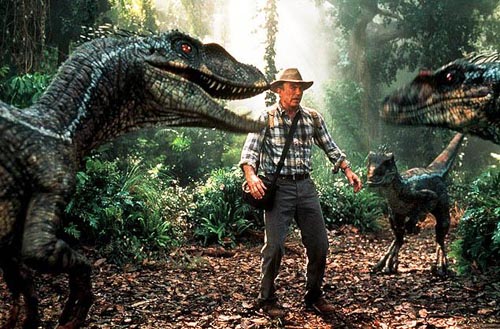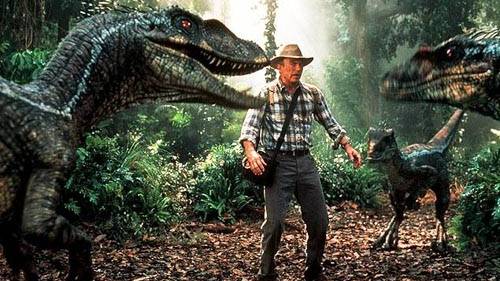Dinos’ DNA Demise: Genetic Material Has a 521-Year Half-Life
Source: scientificamerican.com
A new analysis confirms the widely held suspicion that DNA from dinosaurs and ancient insects trapped in amber cannot be recovered to make a ’Jurassic Park’-style theme park
Few researchers have given credence to claims that samples of dinosaur DNA have survived to the present day, but no one knew just how long it would take for genetic material to fall apart. Now, a study of fossils found in New Zealand is laying the matter to rest — and putting paid to hopes of cloning a Tyrannosaurus rex.
After cell death, enzymes start to break down the bonds between the nucleotides that form the backbone of DNA, and micro-organisms speed the decay. In the long run, however, reactions with water are thought to be responsible for most bond degradation. Groundwater is almost ubiquitous, so DNA in buried bone samples should, in theory, degrade at a set rate.
Determining that rate has been difficult because it is rare to find large sets of DNA-containing fossils with which to make meaningful comparisons. To make matters worse, variable environmental conditions such as temperature, degree of microbial attack and oxygenation alter the speed of the decay process.
But palaeogeneticists led by Morten Allentoft at the University of Copenhagen and Michael Bunce at Murdoch University in Perth, Australia, examined 158 DNA-containing leg bones belonging to three species of extinct giant birds called moa. The bones, which were between 600 and 8,000 years old, had been recovered from three sites within 5 kilometres of each other, with nearly identical preservation conditions including a temperature of 13.1 ºC. The findings are published today in Proceedings of the Royal Society B.
Diminishing returns
By comparing the specimens’ ages and degrees of DNA degradation, the researchers calculated that DNA has a half-life of 521 years. That means that after 521 years, half of the bonds between nucleotides in the backbone of a sample would have broken; after another 521 years half of the remaining bonds would have gone; and so on.
[...]
Read the full article at: scientificamerican.com






















